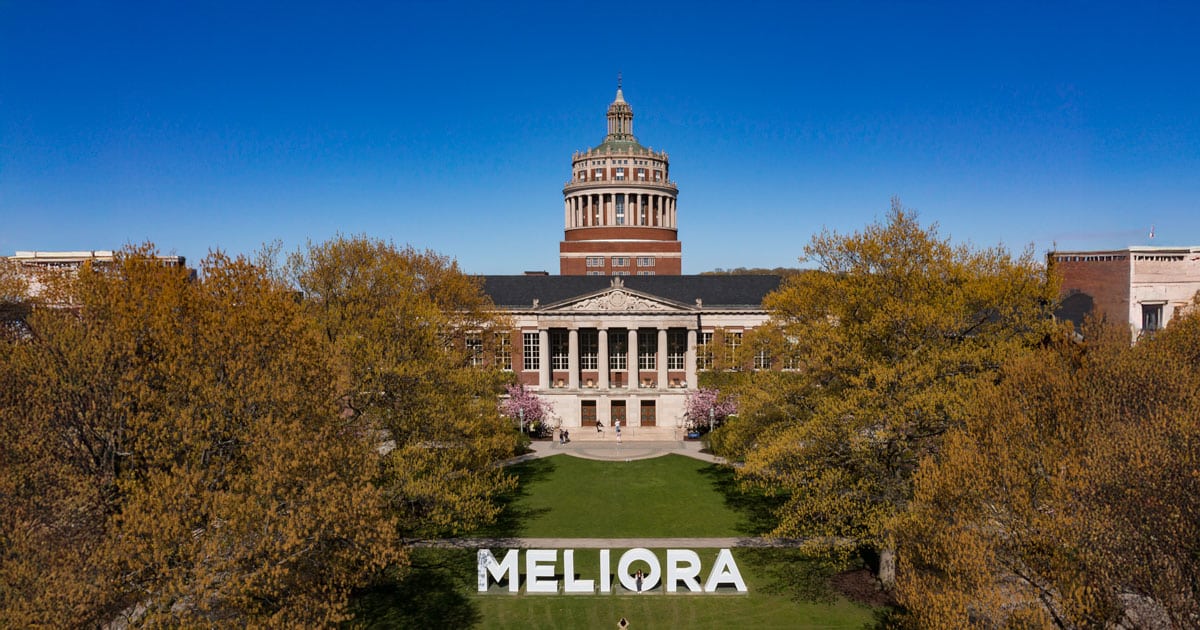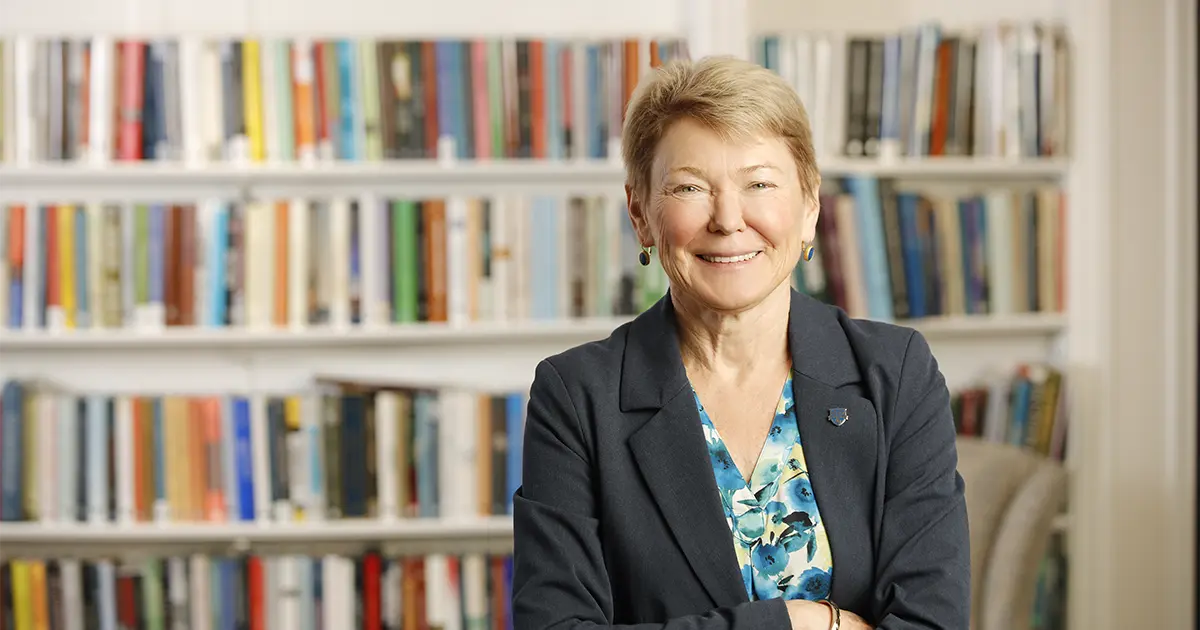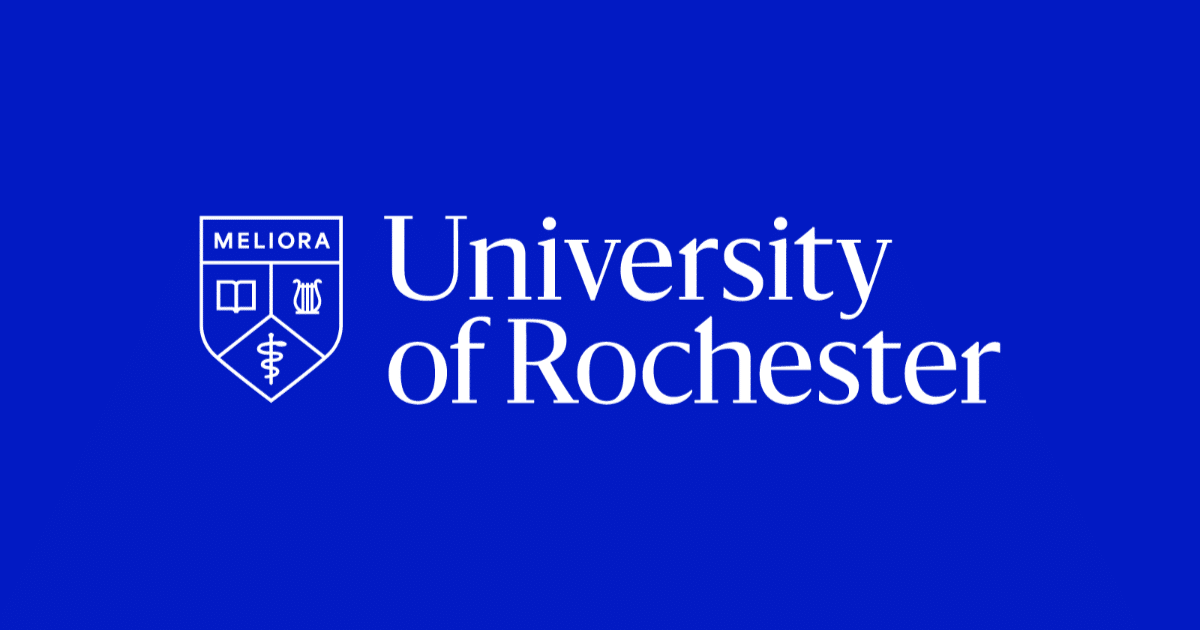Hey, hard worker—we see you
UR Stars, Rochester’s new recognition program, allows employees to deliver and receive digital high-fives.
TL;DR
A tactic within the faculty and staff success goal for Boundless Possibility was to create an innovative recognition and reward program to foster employee engagement and retention. We created that program; it’s UR Stars, and it’s being used by people across the University. (Examples provided below.)
Wherever you work at the University of Rochester, whether you crushed it on a big project, provided a critical assist, or just listened to a teammate who was going through it, whether you crushed it on a big project, provided a critical assist, or just listened to a teammate who was going through it, having your on-the-job efforts acknowledged feels good. UR Stars, the University’s new faculty and staff recognition program, has formally operationalized the workplace high-five.
Star power
UR Stars is designed to help reinforce a culture of appreciation at Rochester. It empowers individuals across the University to acknowledge all the ways their fellow employees are contributing to the University’s mission—this includes the kinds of exceptional things that activate party planning committees and the things that may not seem like a “big deal.” The point is it’s all important, and the platform allows us to celebrate it together.
If you were anticipating an explainer on how the program works, this will feel like the “down low, too slow” five because we’re not doing that. But we can offer you this great set of training videos on how to:
So, why UR Stars? There are a couple of reasons we’re covering this. First, there are many tactics within Boundless Possibility that are open-ended in nature, meaning there’s no natural finish line—we’re only done if we quit (which we won’t). But UR Stars is an example of where we can proudly proclaim, “We did it!” The new recognition program actualizes a fiscal year 2023–24 tactic for the faculty and staff success goal. Even though the program’s launch is complete, the human resources team will continue to make improvements where necessary and look for other ways to recognize faculty and staff.
Additionally, while the “what” of UR Stars is pretty straightforward, you may find the “why,” as in why it was created and how it connects to the strategic plan, a bit murkier. Why is a recognition program among the University’s priorities for faculty and staff? In two words: retention and engagement.
Kathleen Gallucci, the senior vice president and chief human resources officer, shares that a University employee survey showed that recognition was an area that needed improvement. “Our staff were saying it’s not what it needs to be,” she says.
At the time of the survey, Rochester didn’t have a comprehensive recognition program. The medical center had the iCare system, but outside of that—plus some institutional annual awards and the acknowledgment of service anniversaries—employees had no way of regularly celebrating each other. UR Stars not only fills that void in a visible and interactive way, but it also helps create a positive work environment where people feel valued and supported.
Norma Holland, the co-lead for this strategic plan tactic, likes to joke that a past professional life took place in a praise deprivation chamber. She recalls there was an attitude of “You want us to clap for you for doing your job?” Believe it or not, that didn’t inspire people to always give their best. That experience has given Norma valuable perspective that will allow her to have an impact on the University’s culture as the chief of staff for the Office of Enrichment and Engagement. “We give so much of ourselves to our careers,” she says. “Paying people well isn’t enough. It’s critical that they feel like they belong and that their work has meaning and contributes to the organization’s success.”
Another way of thinking about what Norma is saying is attracting talented people doesn’t mean much if they don’t want to stay.
Strategic plan tracker
Unlocked
- Objective: Embrace our role as a leading employer in our community through the application of equitable and inclusive best practices in recruitment, retention, development, advancement opportunities, recognition, and policy.
Accomplished
- Tactic: Create an innovative recognition and reward program to foster employee retention and build an environment where people feel the University values their engagement and contributions to achieving the goals of the University.
Work hard, high-five harder
At the macro level, UR Stars is part of a much larger organizational push focusing on employee engagement to improve employee retention. From a micro perspective, it’s a dopamine delivery system.
“It’s the boost we don’t know we need until we get it,” says Norma, who cites a member of her team who was thrilled to receive a star. It wasn’t because they were egregiously unsung or uncelebrated; it was because they didn’t expect it from the sender. “They were blown away and walked with their head a little higher all day. We may not want to admit we would like to be recognized for our work, but when it happens, there’s an undeniable surge of energy.”
For Zach Arnold, the senior director of human resources operations, one of the most valuable aspects of UR Stars—besides being University-wide—is it gives employees a way to appreciate the full spectrum of workplace performance.
“It’s not just for when someone does something extraordinary,” Zach says. “This allows people to recognize someone who’s regularly doing a great job.”
To demonstrate Zach’s point, we’ve gathered five stars from across the University. May they inspire you to high-five someone in your orbit today.
To: John Hain, senior associate dean of academic and student affairs at Eastman School of Music
From: Victoria Morsette, administrative assistant at the Office of Disability Resources
Victoria sent: You are very patient with the disability resources staff members, demonstrate a willingness to consistently put students first, remain in close contact with our office, and are always willing to support others. Because of this, ODR would like to acknowledge you through a UR Stars recognition. Thank you for all that you do!
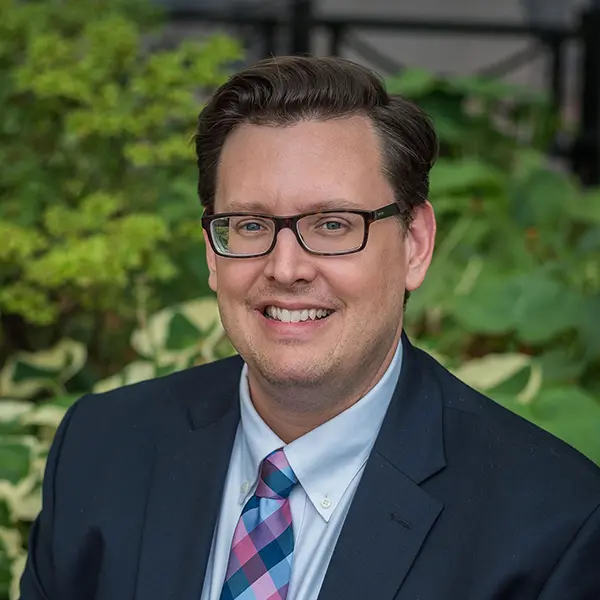
There’s a bit of irony to John’s receiving a UR Star from the Office of Disability Resources (ODR) in that a conversation about his recognition was mostly about how grateful he was to have them as a partner. ODR provides Rochester students with services that ensure an inclusive and equitable academic experience. John has been with Eastman long enough to remember a time before ODR when he and his team had to attempt to translate requests and navigate policies independently.
“They’ve been a godsend,” John says. “Every year, it gets more and more refined. That office is so fantastic.” He and his team’s relationship with ODR has turned most requests into routine business. Now, it’s only at the end of the school year, when students face juries, that things become a little frenetic. John adds that it was nice to see the star but quickly notes it’s a two-way street: “I like to think we’re doing our part to amplify their work and expertise.”
To: Kimberly Jones, event specialist for the Memorial Art Gallery
From: Christina DiBaudo, assistant director of advancement special events
Christina sent: Kimberly, thank you for being a key player in the success of the Garden Party this year. Your partnership and attention to guests’ needs were exceptional. Thank you!
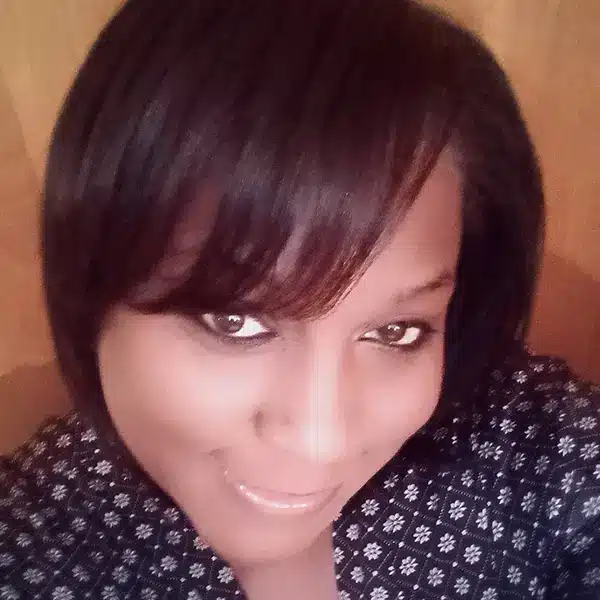
This year, University Advancement held its 57th Garden Party at the Memorial Art Gallery (MAG), where President Sarah Mangelsdorf delivered a state-of-the-University-type address to some of the University’s most generous donors and engaged volunteers. The garden party is the kind of event where Kim would typically use her logistical jiu-jitsu to ensure a smooth event. However, Christina also has her black belt in event coordination, which means Kim only needed to help carry out Christina’s vision—assist where needed, look for and tend to the holes or any potential for trouble.
Kim’s work was all the behind-the-scenes stuff that, if done right, most people don’t notice. But Christina lives in that world, too, making her recognition more meaningful. “It meant a lot that they came back and said, ‘thank you,’” Kim says. “It’s the kind of thing I love to pass along to my team to show that our efforts didn’t go unnoticed and that people were paying attention and appreciative of what we did.”
To: Colleen Cornell, assistant nurse manager, Surgery Center at Sawgrass
From: Rebecca Rayburn, nurse manager, Surgery Center at Sawgrass
Rebecca sent: I want to express my appreciation for all the hard work Colleen did this past week while we were on vacation. She held down the fort for pre/post leadership & did an excellent job! She rearranged staffing, helped send staff to GI upstairs as they sent a SOS for help. She dealt with difficult patients, was supportive to staff members, along with all the other weekly things, made sure we were updated upon our return. She did a fabulous job. I want her to know she shined and makes me so proud!
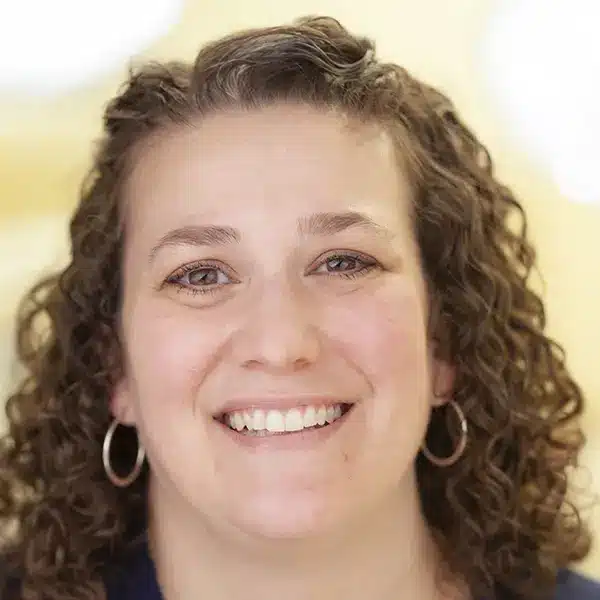
Part of Strong Memorial Hospital, the Surgery Center at Sawgrass provides ambulatory surgical care for patients from six months old to those in their 90s. Colleen is one of the center’s two assistant nurse managers, a role that requires her to serve as an intermediary between management and staff, as well as take care of patients and perform some behind-the-scenes work, such as payroll and scheduling.
It’s rare for Colleen’s managerial counterpart and Rebecca to be out of the office at the same time, and rarer still that their office would need to help the temporarily understaffed gastrointestinal (GI) suite above them. Yet, that’s the perfect storm Colleen found herself weathering, and it didn’t go unnoticed. “When you take a leadership role, you feel like there are certain expectations,” says Colleen. “Becky would do the same; it’s just part of the job. But it felt really nice to be recognized for it and know other people see it.”
To: Kimberly Taylor, grants and contracts administrator, Department of Chemical Engineering
From: Tal Haring, manager of academic and finance operations, Department of Chemical Engineering
Tal sent: Kim expertly managed ChemE’s purchasing process with remarkable efficiency and speed in June 2024, the final month of the fiscal year. She handled a large volume of orders, ensuring everything was processed accurately and on time. Kim’s hard work and dedication were crucial in meeting our department’s needs and deadlines during this critical period. We greatly appreciate her efforts. Thank you, Kim!
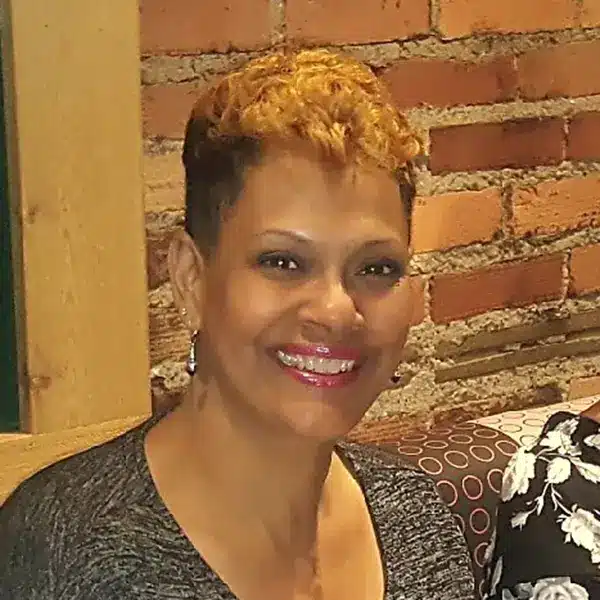
One of Kim’s roles is to serve as an accountant for the department’s grants, ensuring they stay within their budget and spend where they should. The other part of her job is procuring department materials, such as gases for a lab. Usually, procurement has its ebbs and flows. An example of the latter is when the department welcomed two new faculty members who had wet labs, requiring biological materials, liquids, and chemicals. Getting these labs up and running had Kim very busy.
Heading into the fiscal year’s end, one of the department’s labs had funds it needed to spend, and time got away from them. The late spending ended up flooding Kim with orders. “We’re not talking two or three items,” she explains. “We’re talking a lot.” It was a hectic time. Not long after, Kim received her UR Star. She says, “It was a great feeling. No one expects to be recognized, but deep down, you know it would be nice. So, this put a smile on my face.”
To: Matthew Ramos, senior registered nurse, Strong Memorial Hospital
From: Haley Gordon, registered nurse, Strong Memorial Hospital
Haley sent: During a busy shift as charge, I had a patient who was in critical condition and needed to go to the ICU. Matt stayed to help me care for the patient. Without Matt’s help, patient care would have been extremely delayed. Matt always lends a hand to a coworker in need!
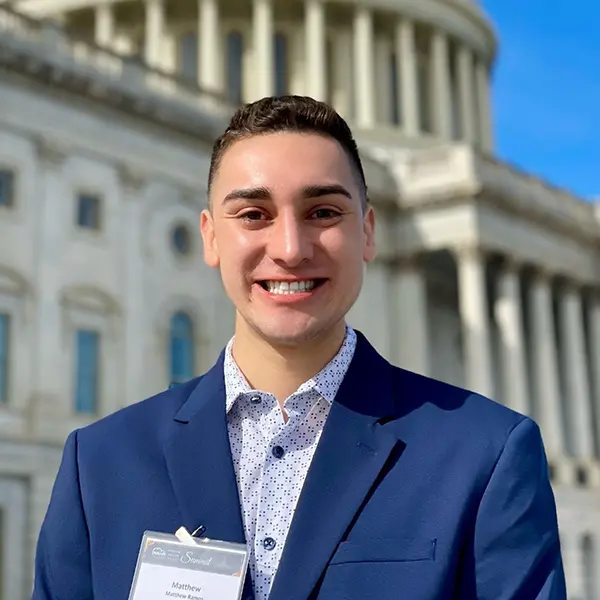
Matt and Haley work on 6-1600 at Strong Memorial Hospital, an acute medicine unit within the adult medical/surgical nursing service that provides care for a wide range of emergent issues. Day-to-day, their baseline is “intense,” but the night Haley called attention to was especially challenging. As the charge nurse, Haley was responsible for all 26 beds but had a patient of her own who was in a critical state throughout the day. Matt noticed a concerning change in Haley’s patient and offered to take their vitals and assist with nursing interventions. It turned out that an immediate response was needed. Matt assured Haley they would work through it together. Ultimately, the patient was safely transferred to the intensive care unit in a timely manner.
Being a preceptor (basically, a coach for new nursing school graduates) and helping to shape the unit’s culture and sense of community as cochair for the hospital’s Professional Nursing Council, Matt is used to taking on leadership roles. Still, he was grateful for the recognition. “Acknowledgment is huge,” he says, noting that those extra moments of recognition help keep him going as they affirm his crucial role on the team. “Being recognized for stepping up in a scary situation is a bonus. For the nurses on 6-1600 taking that kind of action is second nature.”
Related updates
A first-of-its-kind collaboration between URochester and Wegmans makes meals easy.
President Sarah Mangelsdorf reflects on the University of Rochester’s strong progress, campus growth, and resilience heading into 2025–26.
The refreshed brand builds on the University’s 175-year legacy while spotlighting its vision and values.
